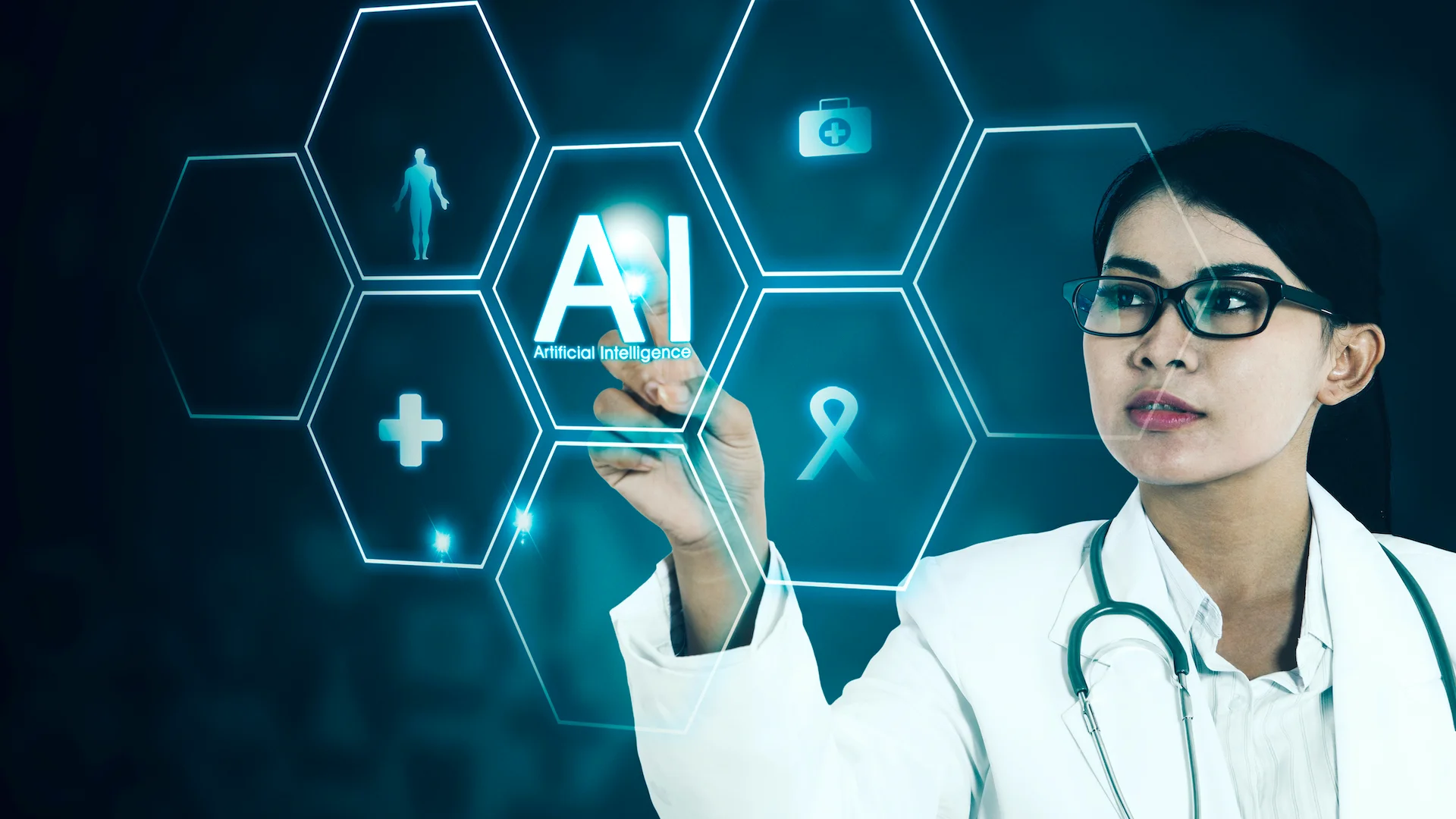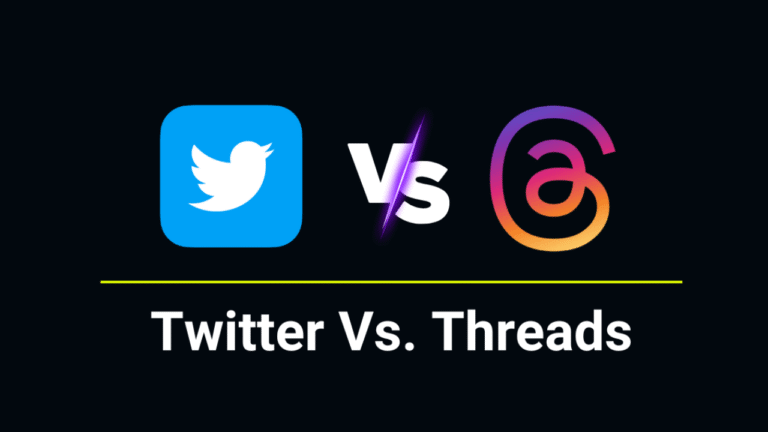AI in Healthcare How Technology Is Saving Lives in 2025
We often hear the phrase “technology is changing the world,” but nowhere is that transformation more visible — or more important — than in healthcare. In 2025, artificial intelligence is not a distant concept reserved for tech labs or futuristic TV shows. It is actively saving lives, streamlining diagnoses, improving patient care, and reshaping how the medical field operates from the ground up.
For decades, the healthcare industry has faced major challenges: overloaded systems, misdiagnoses, staff shortages, high costs, and inconsistent care. AI is not a magic solution, but what it offers is speed, accuracy, and scalability in areas where human limitations have long held the system back. From emergency rooms to remote villages, AI-powered tools are stepping in where help is needed most.
Let’s break down how AI is changing the healthcare landscape in 2025 — not just as a supportive tool, but as a frontline ally in the fight to save lives.
Smarter Diagnoses, Faster Decisions
One of the biggest game-changers is how AI assists doctors in diagnosing diseases. Algorithms can now scan medical images, lab results, and patient histories with speed and precision that often surpasses human capability. For conditions like cancer, where early detection is critical, this shift is monumental.
Take breast cancer, for example. In 2025, AI-powered imaging tools are identifying tumors at earlier stages by spotting subtle patterns in mammograms that even experienced radiologists might miss. The result? More lives saved through faster treatment.
Similarly, AI is helping detect rare conditions that are often overlooked due to their complexity or low frequency. By analyzing global data in real time, AI systems are learning faster than any single medical team ever could. That knowledge is now being shared instantly across borders, ensuring that even small clinics benefit from world-class diagnostic insight.
AI and Emergency Care
In emergency situations, time is everything. Whether it’s a heart attack, stroke, or severe trauma, minutes can mean the difference between life and death. In 2025, AI is helping emergency teams respond faster and more efficiently.
In ambulances, AI-powered systems are monitoring patients in real time and relaying data to hospitals before arrival. This allows ER staff to prepare in advance — getting the right specialists ready, alerting surgical teams, or prepping life-saving equipment. These few minutes of early warning have already proven to reduce mortality rates.
In hospitals, triage systems now use AI to prioritize patients based on urgency, rather than relying solely on manual judgment. This ensures that critical cases don’t get stuck in queues, especially during peak hours or major public health emergencies.
Personalizing Treatment Plans
Everyone’s body is different, and yet much of modern medicine has historically relied on general treatment protocols. But AI is making personalized healthcare a reality.
By analyzing genetic information, lifestyle data, past medical records, and even daily habits from wearables, AI can help tailor treatments to each individual. For patients with chronic illnesses like diabetes, heart disease, or autoimmune disorders, this means better outcomes with fewer side effects.
In cancer treatment, AI is helping oncologists match patients with the most effective drug combinations based on their specific tumor profile. This is reducing trial-and-error periods and leading to more targeted, successful therapies.
AI doesn’t replace the doctor’s role in making decisions. It enhances it, providing a deeper layer of information that would take months for a human to gather and interpret alone.
Mental Health Support
Mental health is another area where AI is making a quiet but powerful impact. In 2025, mental health apps powered by AI are helping people track mood patterns, detect early warning signs of depression, and connect users with therapists or emergency services when needed.
Chat-based AI therapy assistants can provide cognitive behavioral therapy techniques, breathing exercises, and emotional check-ins 24/7. While they’re not a substitute for human professionals, they serve as an immediate resource when someone is in distress or unable to access in-person care.
Hospitals and clinics are also using AI to detect signs of suicidal ideation or extreme stress in patient records, enabling proactive intervention. This kind of predictive care can stop crises before they happen, which is one of the most powerful forms of prevention in mental health.
AI in Surgery
Robotics in surgery is not new, but in 2025, AI has made these systems smarter and safer. Surgeons are now working alongside AI-powered robotic tools that assist with precision, reduce hand tremors, and provide real-time feedback during complex procedures.
AI-guided robotic arms are used in delicate brain surgeries, eye procedures, and orthopedic operations where even a fraction of a millimeter matters. These tools are helping reduce human error, shorten surgery times, and improve patient recovery rates.
Moreover, AI can analyze thousands of past surgical cases and suggest the best techniques based on patient conditions. This kind of surgical support is especially useful for training new surgeons and improving performance in hospitals that may lack senior expertise.
Remote and Rural Access
One of the most important contributions AI is making is bringing quality healthcare to places that previously had limited access. In rural areas or low-income regions, AI-powered diagnostic tools and telehealth platforms are making it possible for patients to receive expert-level care without needing to travel long distances.
With a simple mobile device and internet connection, patients can now upload symptoms, medical images, or video consultations. AI algorithms review the data, make recommendations, and connect patients with doctors when needed. This bridges the gap between underserved communities and high-quality healthcare.
Portable AI devices are also being deployed in field hospitals or remote clinics to assist with rapid testing, outbreak detection, and treatment management — especially during emergencies or pandemics.
Reducing Administrative Burden
Doctors spend a surprising amount of time not treating patients but dealing with paperwork, data entry, and compliance. In 2025, AI is taking over much of this back-end load.
Medical transcription tools automatically record and summarize doctor-patient conversations. Smart scheduling systems manage appointments, follow-ups, and reminders with minimal human intervention. Insurance verification, billing codes, and record keeping are now being handled by AI, reducing errors and saving hours every week.
The result? Doctors get to spend more time doing what they trained for — helping people — instead of battling bureaucracy.
Ethical Concerns and Human Oversight
As powerful as AI is, it comes with its own set of challenges. Questions around data privacy, bias in algorithms, and overreliance on machines remain very real.
Who is responsible if an AI makes the wrong call? How do we make sure that these systems don’t discriminate based on gender, race, or economic status? These are not just technical questions — they are ethical ones.
In 2025, the best AI systems are designed with human oversight, transparency, and fairness in mind. Governments and healthcare regulators are working closely with developers to ensure that AI tools are safe, ethical, and beneficial to all patients, not just those with access to cutting-edge technology.
Final Thoughts
AI is no longer just a buzzword in healthcare. It is a daily presence in clinics, hospitals, ambulances, and homes. It is helping doctors catch illnesses earlier, treat patients more effectively, and save lives that would have been lost just a few years ago.
But AI’s role is not to replace humans. It is here to support them, strengthen the system, and make healthcare more humane by freeing up time, increasing accuracy, and breaking down barriers to care.
In 2025, technology is not only making healthcare smarter. It is making it more accessible, more efficient, and ultimately, more life-saving.
Stay tuned to Wheonx.com for more real stories at the intersection of tech, health, and humanity — because the future isn’t coming. It’s already here.





